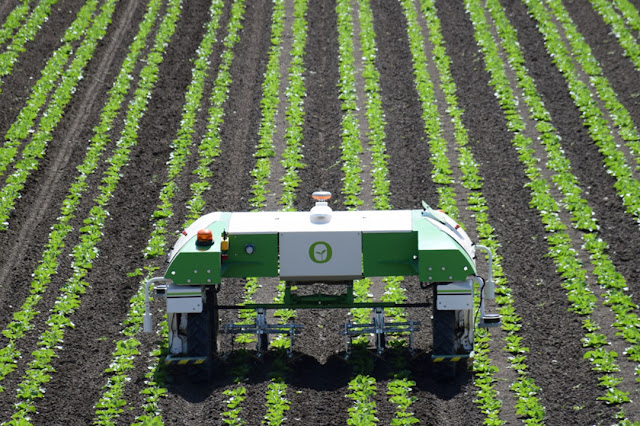Unlocking the Potential of Global Sanger Sequencing
 |
| Sanger Sequencing |
Sanger sequencing has revolutionized the field of genomics,
offering a precise and reliable method for deciphering DNA sequences. This
groundbreaking technology, pioneered by Frederick Sanger, has become an
indispensable tool in various scientific disciplines, from molecular biology to
medical research.
The Essence
of Sanger Sequencing
At its core, Sanger sequencing is a technique used to
determine the precise order of nucleotides in a DNA molecule. By leveraging the
complementary base pairing of adenine with thymine and cytosine with guanine,
scientists can unravel the genetic code with exceptional accuracy.
Advancements
Driving Innovation
Recent advancements in Sanger Sequencing have
further enhanced its capabilities and utility. Improved instrumentation and
automation have streamlined the process, making it more efficient and
cost-effective. Additionally, developments in bioinformatics have empowered
researchers to analyze and interpret sequencing data with unprecedented speed
and accuracy.
Applications
Across Diverse Fields
The impact of Sanger sequencing extends across a wide range
of applications. In biomedical research, it plays a pivotal role in studying
genetic disorders, identifying mutations, and elucidating the molecular basis
of diseases. In agriculture, Sanger sequencing is employed to enhance crop
yield, develop disease-resistant varieties, and ensure food security.
Empowering
Precision Medicine
One of the most significant contributions of Sanger
sequencing is its role in advancing precision medicine. By sequencing
individual genomes, clinicians can tailor medical treatments to the unique
genetic makeup of patients, optimizing efficacy and minimizing adverse effects.
This personalized approach holds tremendous promise for revolutionizing
healthcare delivery.
Addressing
Challenges and Expanding Frontiers
While Sanger sequencing has significantly advanced genomic
research, it is not without challenges. The technique is limited in its
scalability and throughput compared to next-generation sequencing methods.
However, ongoing research efforts are focused on overcoming these limitations and
pushing the boundaries of genomic analysis.
Future
Directions and Opportunities
Looking ahead, the future of Sanger sequencing is marked by
continued innovation and integration with other cutting-edge technologies.
Integration with artificial intelligence and machine learning algorithms
promises to further enhance data analysis and interpretation. Additionally,
advancements in nanopore sequencing and single-molecule techniques hold immense
potential for unlocking new insights into genomics.
The evolution of Sanger sequencing has paved the way for
unprecedented discoveries and advancements in genomics. From decoding the human
genome to driving precision medicine, this technology continues to be a
cornerstone of scientific progress. As researchers continue to push the
boundaries of what is possible, the global impact of Sanger sequencing will
only continue to expand, shaping the future of healthcare and scientific
exploration.



Comments
Post a Comment